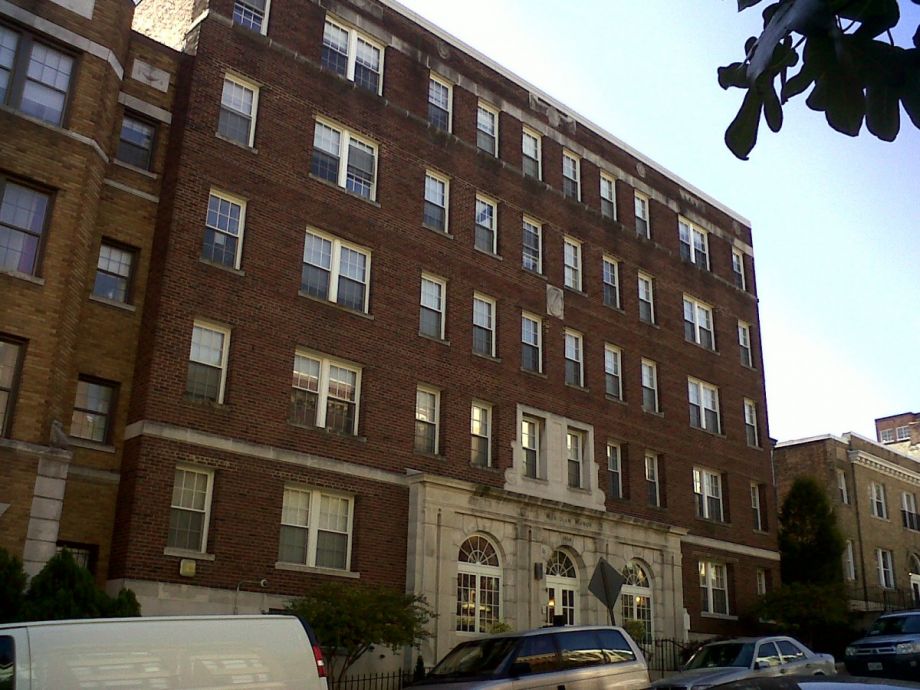The U.S. needs more affordable housing. A lot more. Between 2001 and 2013 the country lost 2.4 million rental housing units (both market-rate and subsidized) that were affordable to people making less than 50 percent of area median income. Building more units will help, but preserving existing affordable housing is critical too: It’s generally cheaper than new construction, prevents displacement, takes advantage of existing land use patterns and allows people to remain where they already live. But preservation also presents challenges of its own, often necessitating the blending of multiple federal, state and local funding sources and greater collaboration between developers, policymakers and other stakeholders.
In a bid to better understand how affordable housing preservation happens, the Urban Institute has released a new report and a series of six case studies under the title “Anatomy of a Preservation Deal.” While the report emphasizes that every case is different, it identifies five key lessons for other groups seeking to preserve affordable housing.
First, write the authors, federal subsidies may play a crucial role in funding a project, but they’ll likely be insufficient. Federal subsidies have been flat or declining since 2004. According to the report, between 2004 and 2014 the number of housing vouchers increased from 2.1 million to 2.2 million, but 106,000 public housing units and 146,000 project-based rental assistance units were lost. Another 400,000 units are at risk of losing their affordability because of expiring contracts, and 50,000 are at risk because of deteriorating physical conditions.
Therefore, state and local resources are critical as well. Putnam Square, for example, an affordable rental property in Cambridge, Massachusetts, with 94 units for senior citizens and residents with disabilities, utilized both Low-Income Housing Tax Credits (LIHTC) and Project-Based Rental Assistance (PRBA) funding from the federal government. But the project also received acquisition and predevelopment funding from the state’s Community Economic Development Assistance Corporation and financing through the city of Cambridge and the Cambridge Affordable Housing Trust.
Funding these sorts of projects is a complex endeavor, often involving a host of stakeholders. Funding Putnam Square alone involved 13 agencies and organizations. Hence the second lesson identified in the Urban Institute report relates to developer capacity: “The bigger a project, the more sophisticated the methods needed — and partners involved — to make it successful.” Projects are further complicated by expensive, competitive markets or by the need to preserve historic structures or serve the needs of special populations, like the elderly.
And sophisticated, mission-driven developers are particularly necessary in areas where private capital can’t be attracted. The report cites as an example 4657 West Madison in Chicago. A private local buyer wanted to purchase and renovate the vacant building, but a bank wouldn’t finance it. Community Investment Corporation, a local CDFI did. Now the building provides 10 units that are naturally affordable because of low market rents in the area.
The report also highlights the need for collaborative relationships, which are often led by mission-driven sellers. Putnam Square, for example, had previously been owned by Harvard University, which sold the property to nonprofit developer Homeowner’s Rehab with the explicit desire to keep the units affordable. Harvard continues to fund a resident services program there. A similar relationship ensures the affordability of Billings Forge, a development in Hartford, Connecticut.
Relationships and social goals were key in the two deals above, but the report notes that policy is also key in supporting preservation efforts. Putnam Square was aided by Massachusetts’s 40T expiring use preservation law, which requires affected parties to be notified when affordability restrictions are going to expire, protects against displacement of current residents, and gives the state an opportunity to make or match purchase offers on subsidized properties up for sale.
Both Oregon and Washington, D.C., have Opportunity to Purchase Acts, which require landlords planning to sell their properties to give tenants the chance to buy their homes. In D.C., they have a set period of time to secure financing and negotiate a sale, or to assign their rights to a third party to do so. The latter occurred at the Monseñor Romero Apartments in D.C., purchased by a nonprofit organization.
The final lesson included in the report is the importance of communicating these successes and the policies that made them possible to other interested groups around the country. This can include sharing how financing was structured or how policy frameworks were created — any strategies that helped preserve affordable housing. The report cites the example of the National Preservation Working group, a coalition of affordable housing advocates, developers and other stakeholders who are lobbying for more effective preservation policy. Locally, the Preservation Compact does similar work in the Chicago region.
The report concludes with a lesson that should have been learned from the failures of large-scale public housing. “Initial funds for construction were not enough to ensure stable, secure, and solvent developments in the long term,” write the authors. “Buildings get old. Contracts and rent restrictions expire. Residents and community needs change. Funding for renovations and repair, services, and other features need to come from somewhere. Tax credits and the like can help, but the reality is that affordable housing can be lost for a number of reasons. Preservation requires the continuing efforts of those in the affordable housing field to obtain funding and respond to ever-changing local contexts.”
Jen Kinney is a freelance writer and documentary photographer. Her work has also appeared in Philadelphia Magazine, High Country News online, and the Anchorage Press. She is currently a student of radio production at the Salt Institute of Documentary Studies. See her work at jakinney.com.
Follow Jen .(JavaScript must be enabled to view this email address)
















